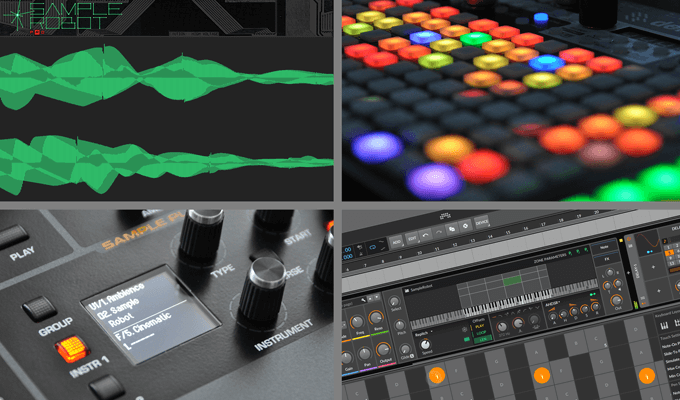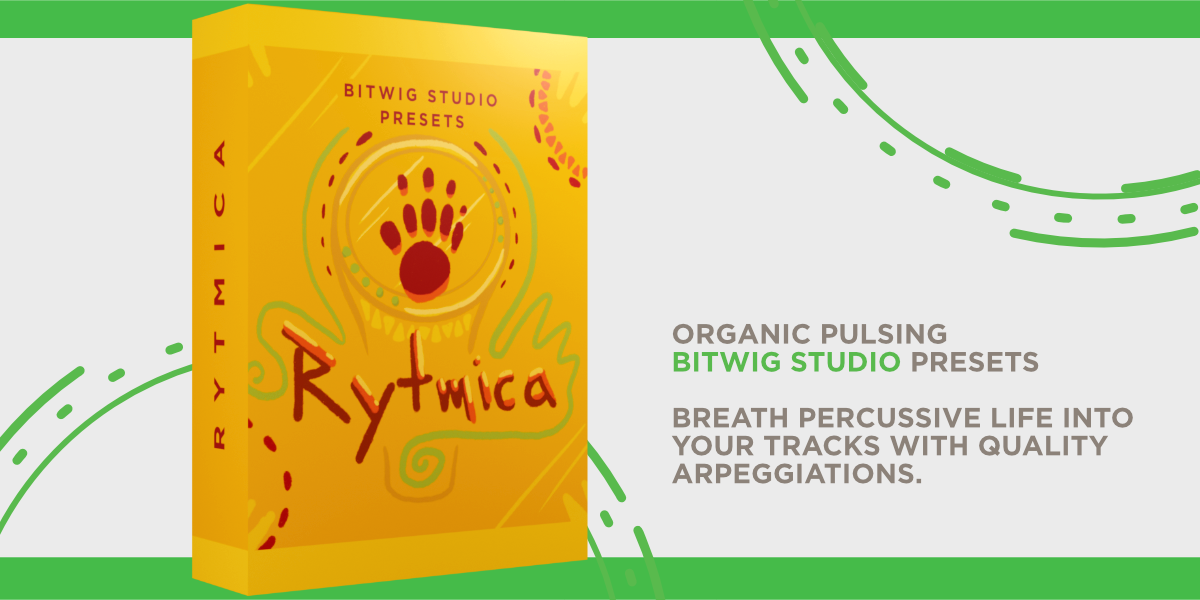

- #Save an instrument preset in bitwig studio install
- #Save an instrument preset in bitwig studio plus
The WAV folder contains all of the included samples for the product You’ll need to keep this entire product folder intact, in any desired location on your computer - and then use Ableton’s “Places” to favorite that folder, so we can quickly access it and drag the presets into any session we’re in, open the included session, or browse the Samples. The Ableton Project Folder contains a session, a “Presets” folder containing the instruments, and a Samples folder containing all of the samples. There is a known bug with Ableton’s browser where it may take up to 5 minutes for the browser to show new contents Now, in any future Ableton session, navigate to this folder within Ableton’s browser (under “Places”), select the product you want, find the Ableton “Presets” folder, and drag any instrument into your current session. You’ve just made a shortcut to your “Samples From Mars” sample library. Click “Add Folder…”, navigate to the folder you created in step 1 and click “Open”.ģ. Open Ableton, and on the left hand side, scroll to the bottom of Ableton’s browser. We recommend creating a “Samples From Mars” folder in your personal Sample Library.Ģ. Drag the entire product folder (“101 From Mars, for instance) to your sample library, or anywhere on your computer. Record enable an instrument track (unfold a group track if there are groups) and play the instruments.ġ.
#Save an instrument preset in bitwig studio install
You can work out of the included session, or install the instruments for use in your own sessions by following these instructions:ġ. This is a third party Ableton Library compatible with Ableton Live 9.7 and above (will not work with Ableton Intro).

You can navigate to the WAV folder to use any audio files directly in your own samplers or DAW - just be careful not to move any WAVs out of the folder, or the other instruments (Ableton, Kontakt, etc) may become unlinked. Please see those installation instructions for details.Ĥ. *The only two formats which require a separate installation process are Logic EXS and MPC*. Now, whichever DAW you may be using (Ableton, Kontakt, Maschine, etc), you’ll navigate to the above folder to access the instruments (through that DAW’s browser or your computer’s browser). Do not change the folder structure or remove anything.ģ. Drag the entire product folder, that contains all formats, (“101 From Mars”, for instance) into the folder you created above. Create a folder in your sample library or anywhere on your computer called “Samples From Mars”Ģ. It's crazy how much manipulation you can do on a per note level.1. Jump back to the instrument GUI, and when you play back see how all the parameters are being modulated by the note expressions. Go into the Note Editor and create some note expression edits. When you're done choosing your parameters click on the TMB modulator button to end the assigning. You can even go further and select some other parameters if you want to. So if you dragged up on the previous parameter, drag down on this one. Then select another parameter and draw in the range in the opposite direction. Now, while this is still flashing green, click on a parameter and draw in the range. Choose an instrument, then select the TMB modulator. You can even modulate the timbre of more than one parameter at a time. Let's add another tip to your toolbox with the Note Expression. Also try modulating the timbre of other parameters within these instruments. Try this note expression editing out with some of the other Bitwig Instruments. Now you have set the Timbre modulation for the instrument. Drag either up or down to create a Timbre modulation range. When you hover over the Filter Frequency Cutoff parameter, you'll see a double-headed green arrow. How about modulating the Filter Cutoff frequency.

Click on this, and it'll start flashing green indicating that you can now assign this to a parameter. On the Polysynth you'll see the TMB modulator, which is the Timbre modulation assigner. I have the Polysynth inserted on my instrument track. To do this you first need to assign a Timbre modulation to a parameter on a Bitwig instrument. Now let's try an interesting edit'"changing the expression values of the Timbre. Test these out and see how they can change up your instrument sounds. You can go in and do the same type of per note edits with the Velocity and Gain. That's the beauty of per note expression, it's quick and easy to edit.
#Save an instrument preset in bitwig studio plus
How easy is that? To do this with automation you would have to do a lot more steps, plus you'd probably have to incorporate duplicates of the instrument to be able to do this individual note panning.


 0 kommentar(er)
0 kommentar(er)
